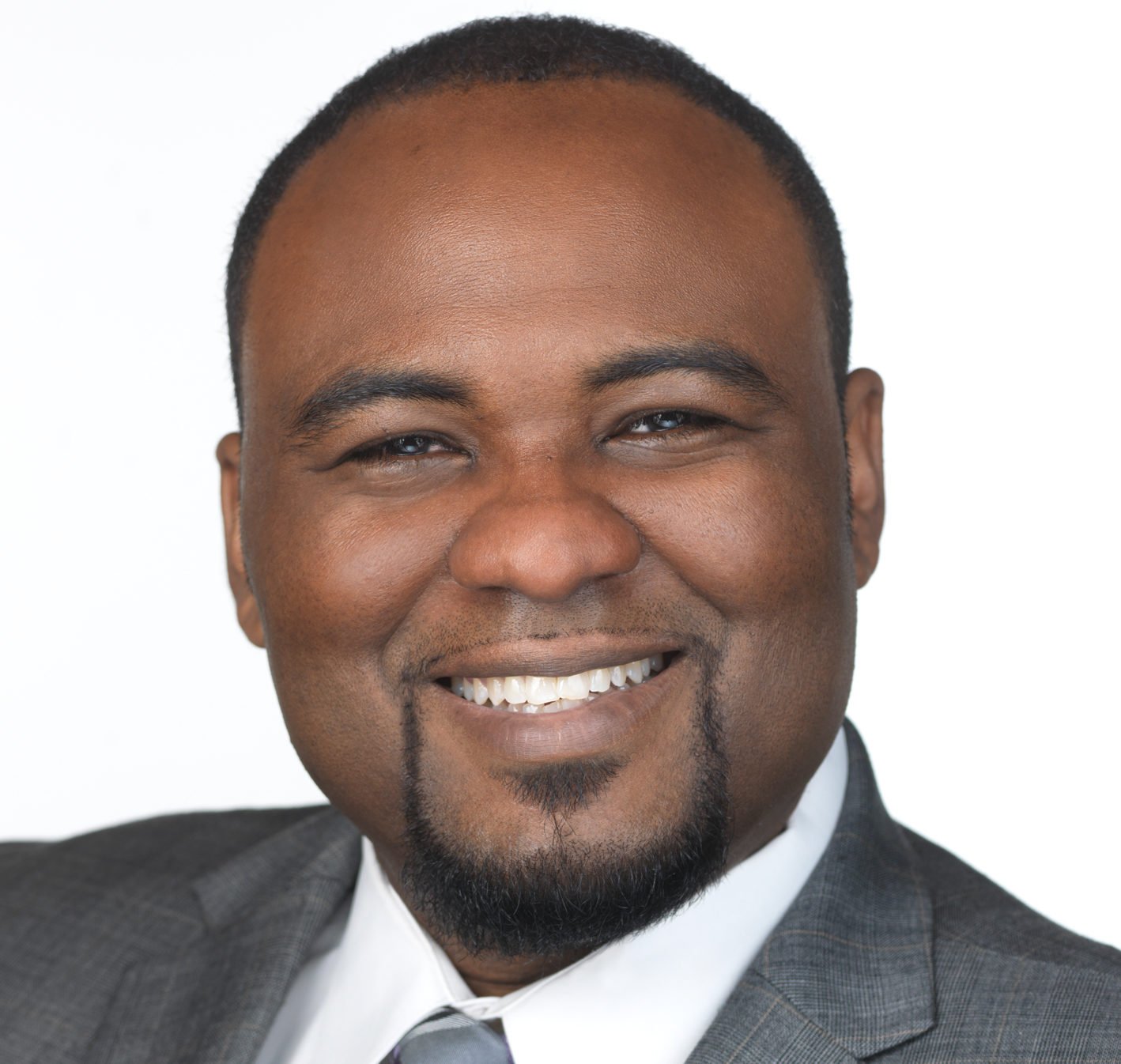A Q& A with Bank of America's Wil Lewis
Most large companies have employee resource groups (ERGs). Whether called employee networks, business resource groups, or affinity groups, these groups are a way for women, LGBT employees, people of color, working parents, and other groups of employees to connect with each other. But they are much more than social groups. Many organizations see ERGs as strategic business drivers, as they help develop future leaders, foster employee engagement, build alliances across differences in the workplace, drive innovation, and cultivate an inclusive culture.
As workplaces are fast evolving, how can ERGs continue to support culture change and foster innovation? On June 12 and 13, Catalyst gathers ERG leaders and other business leaders to share cutting-edge ideas and experiences at our fifth annual ERLI (Employee Resource Leadership Initiative) Conference. Held at BMO’s world-class Institute for Learning in Toronto, ERLI 2019: ERGs@Work will feature talks from noted leaders, including Wil Lewis, Senior Vice President, Diversity & Inclusion Executive, Bank of America, and Bo Young Lee, Chief Diversity and Inclusion Officer at Uber.
We recently caught up with Lewis to ask him about his view of employee networks and ERGs in shaping Bank of America’s culture.

Q: How important are employee networks for Bank of America’s diversity and inclusion efforts?
A: I oversee 11 networks in 39 countries with 275 chapters and 140,000 memberships. (Employee networks) are critical to Bank of America’s D&I efforts and to our culture. Our employee networks actively engage with teammates across all of our lines of business and within the many communities we operate. They are a way for teammates to grow their careers, influence business strategy, and impact workplace culture.
What changes and trends have you seen in ERGs since joining Bank of America?
A: I have been at Bank of America since 2006, and during that time I have seen our ENs evolve from social-focused organizations to groups that are key to our culture and business strategy. ENs are integrated into the fabric of who we are as an organization.
Your keynote at the ERLI conference is billed as, “Will ERGs still be relevant in the future of work?” Can you share a bit about your perspective on this topic?
A: Acknowledging intersectionality continues to be an important aspect of an organization’s culture. ERGs are critical as a channel to provide insight into perspectives, experiences, and backgrounds that are different than our own. There will absolutely be an ongoing need for ERGs, and they should continue as one of the many vehicles organizations leverage to support D&I efforts.